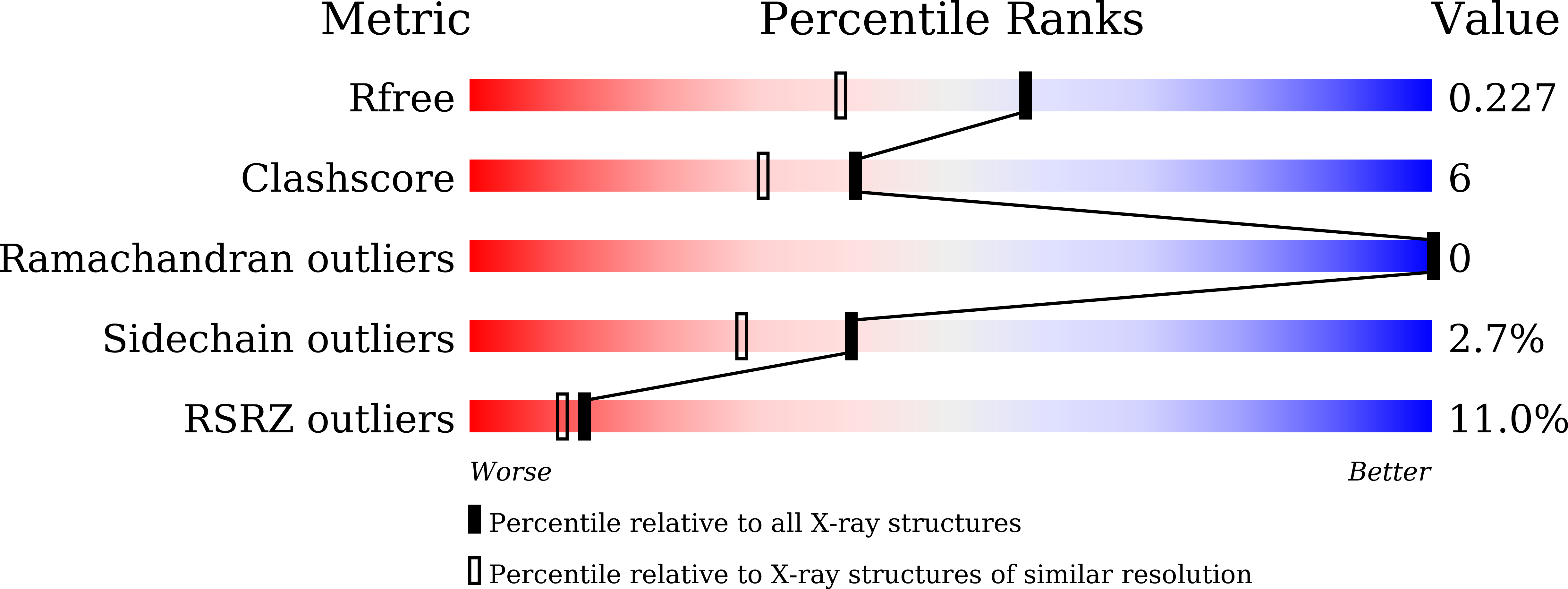
Deposition Date
2024-05-07
Release Date
2025-03-19
Last Version Date
2025-03-19
Entry Detail
PDB ID:
8ZEV
Keywords:
Title:
Crystal structure of the dehydratase domain of human fatty acid synthase
Biological Source:
Source Organism:
Homo sapiens (Taxon ID: 9606)
Host Organism:
Method Details:
Experimental Method:
Resolution:
1.80 Å
R-Value Free:
0.22
R-Value Work:
0.20
R-Value Observed:
0.20
Space Group:
P 32 2 1


